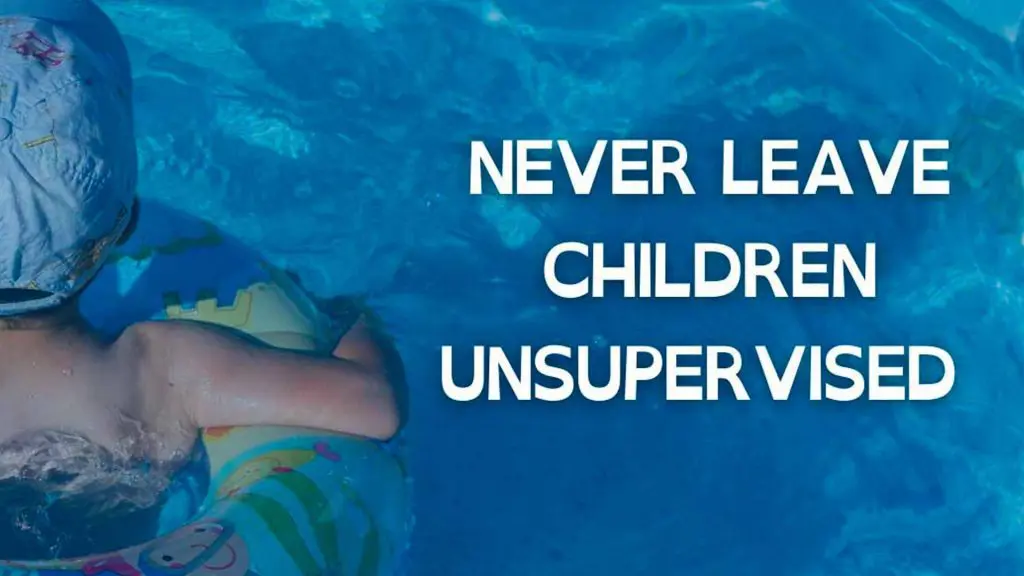Drowning doesn’t always look like what you may expect. You’ll likely see someone screaming for help and flailing their arms in movies. In real life, drowning is fast and silent. It can happen in 20-60 seconds. Some of the signs include:
- Mouth at water level
- Facing the shore
- Head tilted back
- Body vertical
- Climbing ladder motion
The best way to counteract drowning is to float on your back because it is the easiest way to get air into your lungs, making it easier to stay afloat until help arrives.
Children usually drown when left unsupervised, even if just for a moment. Kids between the ages of 1 and 4 are more likely to drown in home swimming pools, so laws have been put in place in Florida to help prevent children from drowning.
In October of 2000, Florida put the Residential Swimming Pool Safety Act into law. The law states that if you plan to build a residential pool, it must have proper layers of protection, such as barriers, covers, and alarms to help prevent unsupervised children from entering.
However, 90% of pools in Florida were built before this law was implemented, so you may still encounter many pools without these barriers. Therefore, it is important to always supervise your children, especially near any body of water, including bathtubs, pools, lakes, ponds, oceans, and even buckets of water. Learning to swim can reduce the risk of drowning by 88% in children ages 1-4, but remember, no adult or child is fully drown-proof, even if they know how to swim, and flotation devices should never be a substitute for supervision.
If you would like more information on drowning or pool safety, please visit these resources:

